1. Loose Bolts at the Midway

There’s something magical about a county fair. The smell of caramel corn, the hum of rides, and the laughter of families fill the air. But behind that joy are old rides that might not meet today’s safety standards. Picture a spinning Ferris wheel with worn paint and shaky bolts, barely inspected before opening. In older fairs, regular maintenance wasn’t always the rule, just a hope that things held together. Today, inspectors would flag loose joints, weak harnesses, and creaky frames. It’s nostalgic, sure, but nostalgia can’t tighten screws or fix what time has rusted away.
2. Fire Hazards Behind the Food Stalls

Everyone loves fair food, from sizzling corn dogs to deep-fried Oreos. But many older fairs ran on luck more than fire safety. Food stalls sometimes lacked proper extinguishers or used open flames near electrical cords. Old fairgrounds often had wooden booths, dry hay decorations, and no sprinkler systems in place. One small spark could turn the fun into chaos. Imagine those old tents filled with smoke and panic, the laughter fading into confusion. It’s a reminder that behind the flavor and fun, safety should always be part of the recipe before anyone takes a bite.
3. Unchecked Electrical Panels

The glow of carnival lights once made small-town nights feel like magic. But back then, cords tangled underfoot, and power boxes sat open to rain. Older fairs didn’t have the strict wiring rules we see now. It wasn’t rare to see extension cords doubled up or generators humming too close to the crowd. These makeshift setups powered rides and food stalls for days without real checks. Today’s safety inspectors would call that a red flag, not a fairground charm. The buzz of excitement is wonderful until the wrong wire sparks and the whole night dims for everyone.
4. Unstable Bleachers and Seating
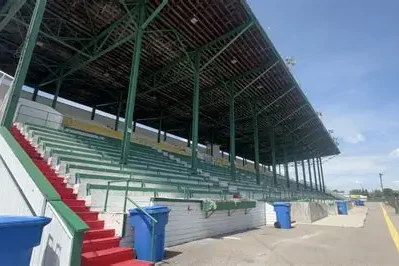
Before portable aluminum stands and safety rails, fair seating looked more like a DIY project than a structure. Wooden boards were nailed together quickly, and supports leaned under too much weight. Crowds packed tightly for livestock shows and concerts, unaware that a loose nail could shift everything. A sudden creak or wobble would silence laughter fast. Modern standards would never allow that kind of risk. It’s hard to believe how casually people once trusted rickety boards to hold them up. They just wanted a good view, not realizing how close they were to a fall.
5. Unsafe Animal Handling Areas
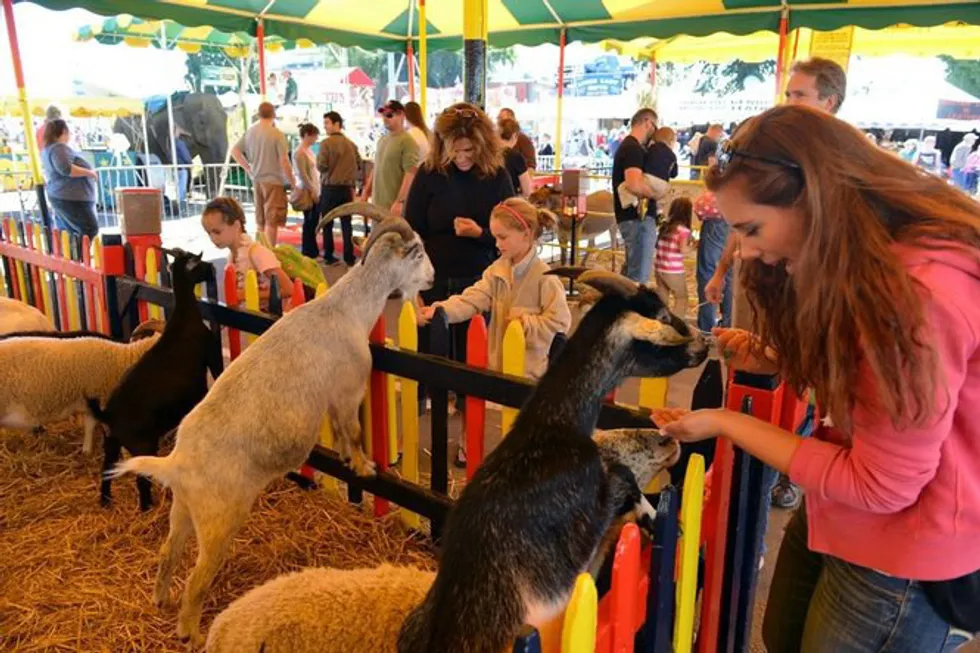
The livestock barns were often the heart of the county fair, where kids showed off their best animals. But safety wasn’t always the top concern. Fences leaned, stalls opened too easily, and people crowded too close to unpredictable animals. A startled bull or frightened horse could send chaos through a packed barn. It wasn’t neglect, just a lack of awareness back then. Handlers relied on luck and quick thinking when things went wrong. Today, with stricter guidelines and barriers, those same barns would look very different, safer for both the animals and the cheering crowd.
6. Rusted Rides and Worn Restraints
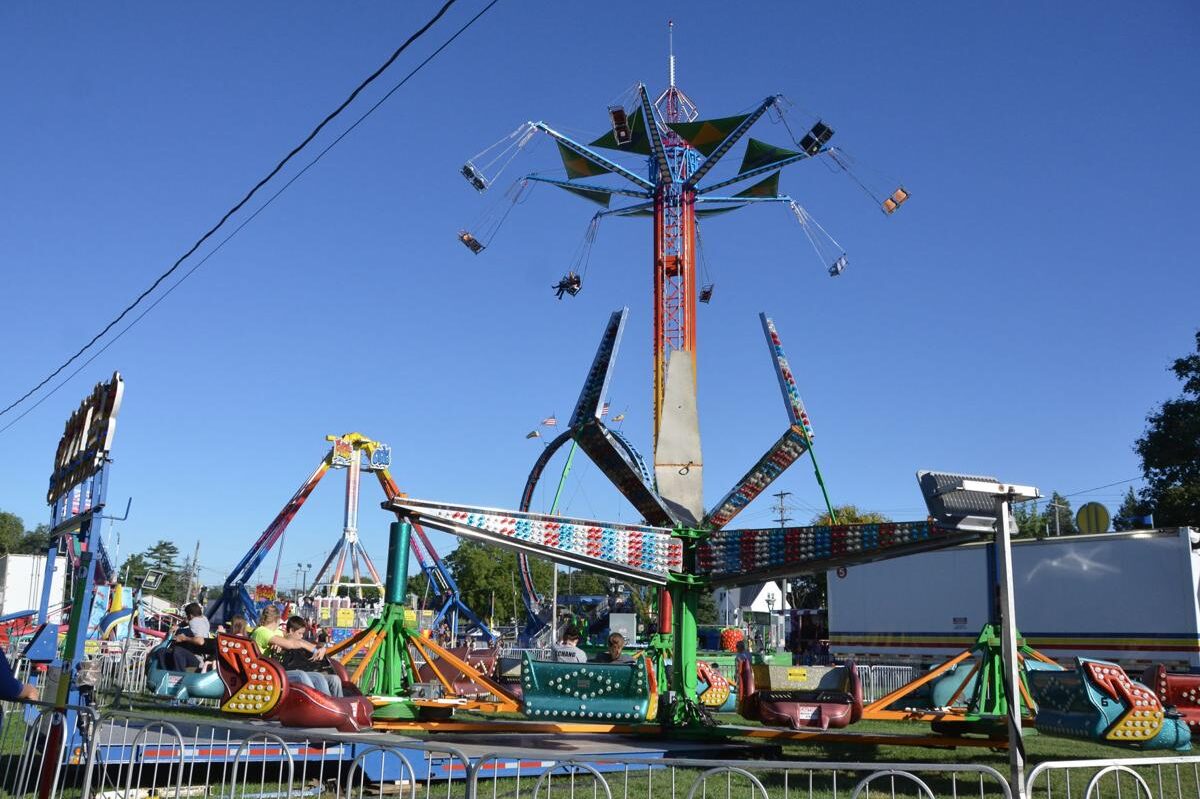
It’s easy to get caught up in the thrill of an old carnival ride spinning against the sunset. But if you looked closer, the charm often came with chipped paint, rusty bolts, and seat belts that had seen better days. Back then, safety checks weren’t as detailed or documented. Crews traveled quickly from one town to the next, tightening what they could before opening gates. The rattling sound that once made riders laugh might make inspectors cringe today. The same squeaky metal that carried childhood memories could never pass a safety test in the present.
7. Poorly Managed Crowd Control
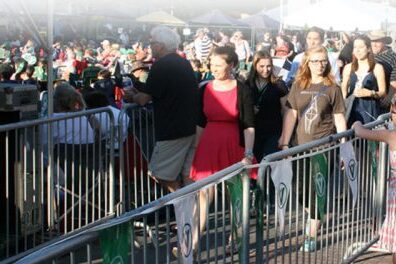
County fairs were built around excitement, not always organization. People crammed shoulder to shoulder at rides, food stands, and show arenas without thought to exits or spacing. Lines snaked across walking paths, and temporary fences trapped people in small areas. In an emergency, there were few clear escape routes. It’s not that planners didn’t care, they just underestimated how fast crowds could turn dangerous. Modern codes now require mapped exits, wide lanes, and monitored capacity. Looking back, those older fairs feel both fun and fragile, like a good time one wrong turn away from trouble.
8. Faulty Ferris Wheels and Fast Fixes

The Ferris wheel was always the fair’s crown jewel, the place for first dates and quiet views. But older versions often relied on quick fixes between towns. Operators tightened bolts with hand tools and patched motors just enough to last another weekend. There was pride in making do, but little room for precision. If the wheel stuck or shuddered, people laughed nervously and waited for it to move again. Today’s standards would pull that ride out of service in minutes. The nostalgia is sweet, but safety isn’t something to leave to luck anymore.
9. Shaky Stages and Sound Setups
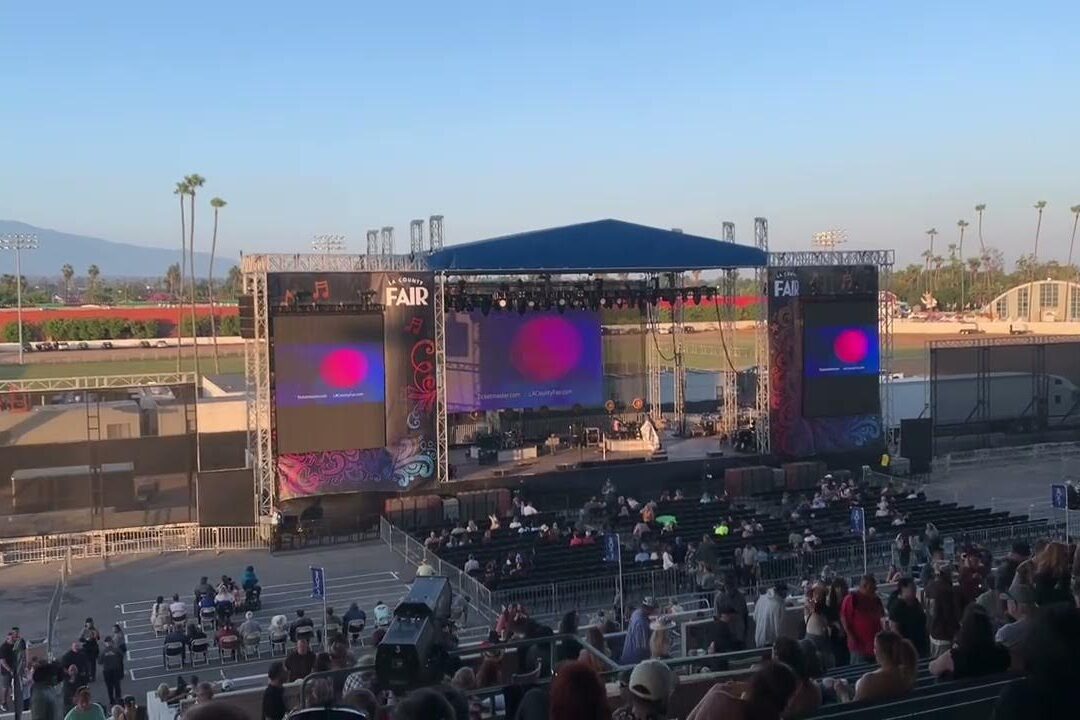
When local bands performed, nobody thought much about the plywood stage they stood on. But many fair stages were thrown together overnight, supported by thin frames and uneven ground. Add heavy speakers, lights, and dancing crowds, and you had a recipe for collapse. People wanted entertainment, not engineering, and organizers rarely brought inspectors for short-term builds. Now, temporary structures require permits, bracing, and load testing. Looking back, it’s easy to picture the music stopping mid-song as boards creaked beneath the weight of joy. Safety, it seems, makes the encore possible.
10. Outdated Ride Controls
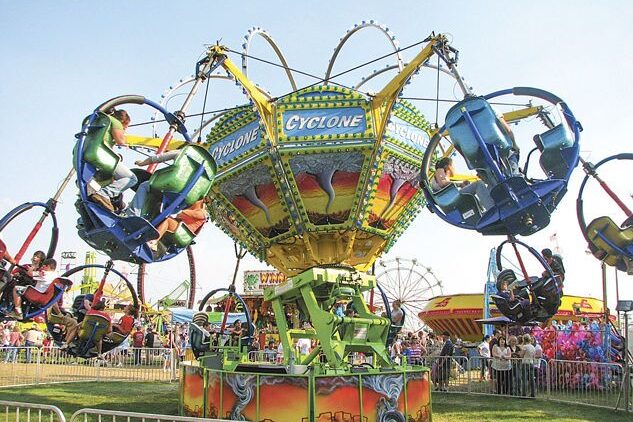
Many old fairs ran rides on switch panels that looked more like science projects than regulated equipment. Buttons stuck, lights flickered, and operators had to guess whether the ride was balanced right. With no modern sensors or alarms, rides sometimes stopped mid-air or moved unpredictably. Spectators saw excitement, but inside those controls was chaos waiting to happen. Today’s rides are computer monitored and automatically shut down when something feels off. It’s a huge difference from the trial-and-error setups of decades past. Those old panels might still sit in storage, reminders of simpler but riskier times.
11. Unsecured Tents and Wind Hazards
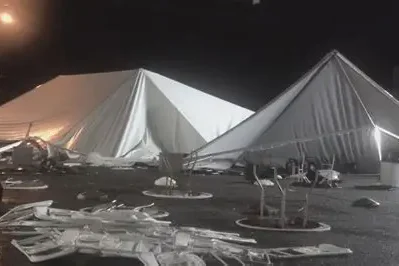
The fair tents that once lined dusty fields looked cheerful but often weren’t secured properly. A sudden gust of wind could turn a canopy into a flying hazard, knocking over signs and spilling displays. Heavy ropes, sandbags, and weather checks weren’t always part of the plan. Vendors trusted the calm of the afternoon, forgetting how quickly skies could change. Today’s fairs rely on storm monitoring and anchor standards that keep everyone safer. Back then, people took their chances and laughed it off. It was charming until the wind reminded them who was really in charge.
12. No Records or Routine Inspections

In the end, the biggest issue was often what wasn’t seen at all. Many small fairs never kept proper inspection logs or safety reports. Maintenance was done by memory or habit, not by schedule. If a ride worked last week, it was good enough this week. That mindset gave people the illusion of safety without the proof. Today’s world thrives on accountability, and that’s a good thing. The fairs we grew up with gave us memories, but they also taught lessons about what happens when safety becomes an afterthought. Some traditions shouldn’t return unchanged.
This story 12 County Fairs That Couldn’t Pass a Safety Inspection Today was first published on Daily FETCH


